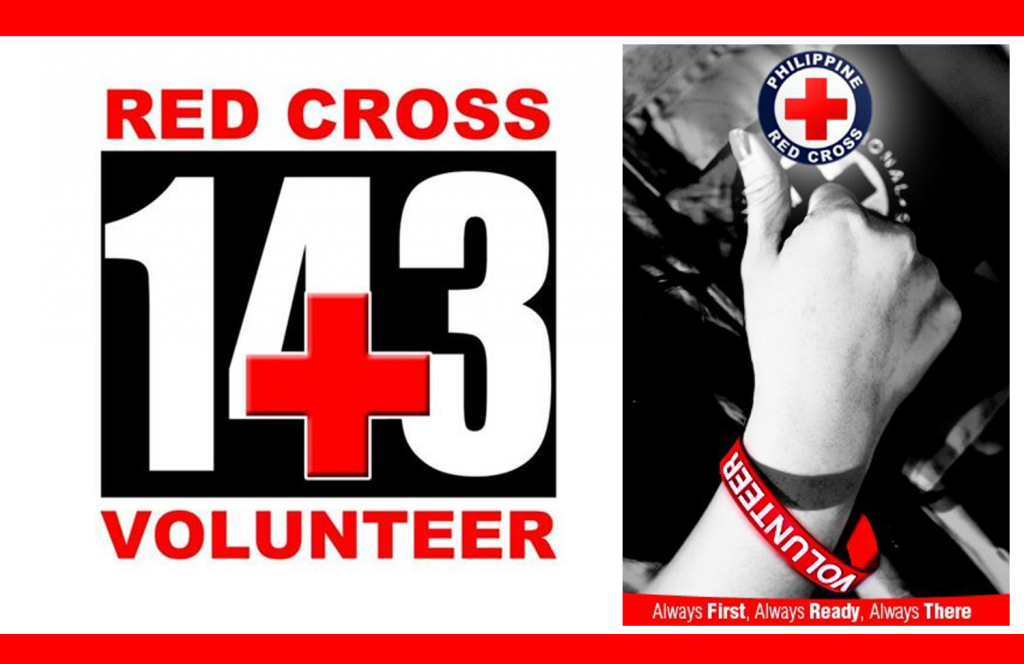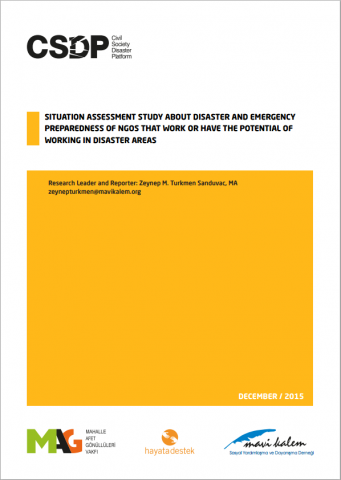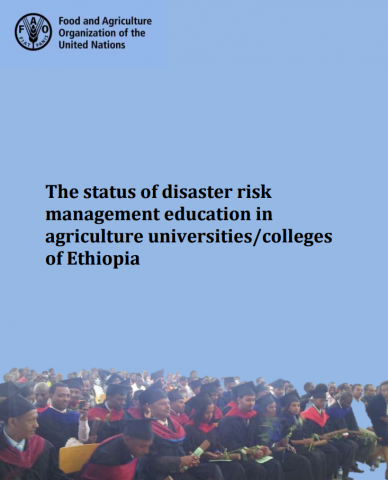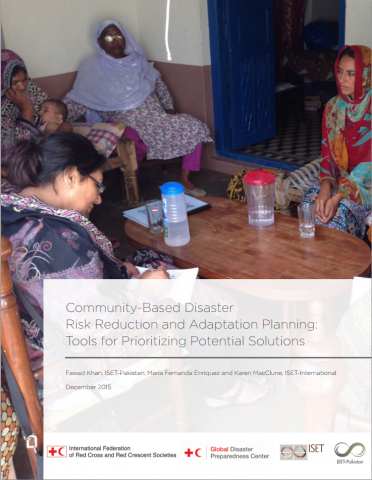Indigenous Knowledge for Disaster Risk Reduction: An African perspective
This paper presents a literature review which highlights the need for more interest to be shown in indigenous knowledge on disaster risk reduction (DRR), especially in the developing country context. The aim is to lead to better strategies which originate from the community level but would aim for overall sustainable development in Africa. This publication’s […]
Indigenous Knowledge for Disaster Risk Reduction: An African perspective Read More »




